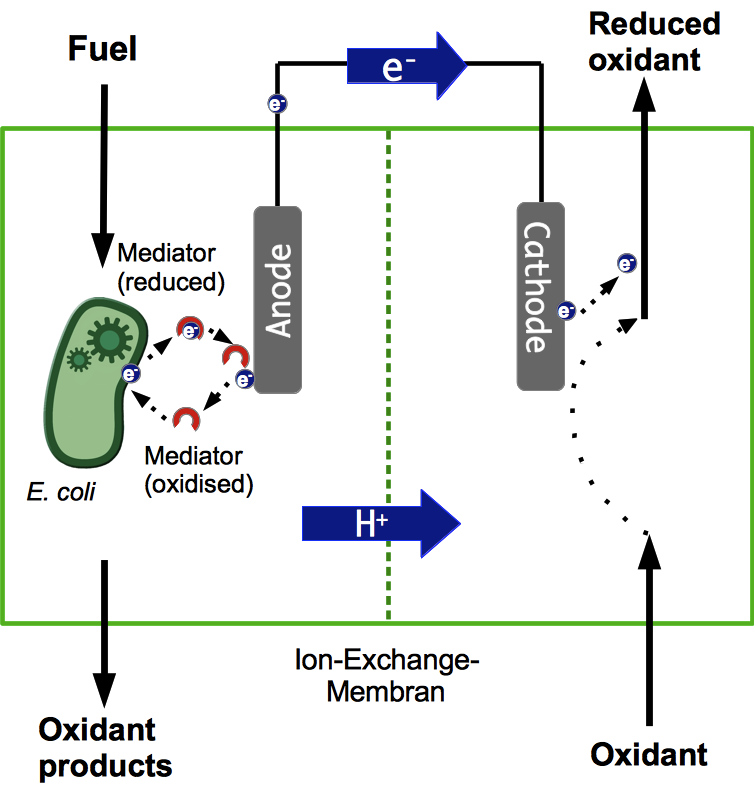Team:Bielefeld-Germany
From 2013.igem.org
m |
m |
||
| Line 8: | Line 8: | ||
</html> | </html> | ||
| - | = <span style = "color:#f88101; padding-left: | + | |
| + | = <span style = "color:#f88101; padding-left:12px;"> Welcome to the Wiki of the Bielefeld University iGEM Team 2013! </span> = | ||
| Line 15: | Line 16: | ||
| - | + | ||
<HTML> | <HTML> | ||
<HEAD> | <HEAD> | ||
| Line 21: | Line 22: | ||
</HEAD> | </HEAD> | ||
<BODY> | <BODY> | ||
| - | <img src="https://static.igem.org/mediawiki/2013/1/1d/Bielefeld-Germany-Mfc_overview.png | + | <img src="https://static.igem.org/mediawiki/2013/1/1d/Bielefeld-Germany-Mfc_overview.png" usemap="#map1"> |
| - | < | + | <map id="map1" > |
| - | < | + | <area shape="rect" href="https://2013.igem.org/Team:Bielefeld-Germany/Project/Abstract/" coords="300,250,500,520"/> |
| - | < | + | <area href="https://2013.igem.org/Team:Bielefeld-Germany/Project/MFC" shape="rect" coords="290,1,530,160"/> |
| - | < | + | <area href="https://2013.igem.org/Team:Bielefeld-Germany/Project/Mediators" shape="rect" coords="1,200,250,360"/> |
| - | < | + | <area href="https://2013.igem.org/Team:Bielefeld-Germany/Project/Cytochromes" shape="rect" coords="570,200,820,360"/> |
| - | < | + | <area href="https://2013.igem.org/Team:Bielefeld-Germany/Project/Nanowires" shape="rect" coords="110,540,350,695"/> |
| - | < | + | <area href="https://2013.igem.org/Team:Bielefeld-Germany/Project/Porins" shape="rect" coords="500,540,660,695"/> |
| - | </ | + | </map> |
| - | + | ||
</BODY> | </BODY> | ||
</HTML> | </HTML> | ||
| + | <br> | ||
| + | <div style="text-align:justify; text-padding:6px;"> | ||
There is a growing interest in the use of alternative energy sources. Decreasing use of fossil fuels in the context of atmospheric greenhouse gas reduction, coupled with the recent reduction of nuclear power production in Germany have encouraged the search for alternative energy production processes. Generation of electricity at large scales can have negative impacts on local environments and the use of energy storage devices on a small scale holds the risk of release of toxic pollutants from batteries.
In consideration of these issues, the iGEM team of Bielefeld University is undertaking a project called "Microbial fuel cell" (MFC) this year. The goal of this project is to use bacteria for direct energy production from organic substrates. | There is a growing interest in the use of alternative energy sources. Decreasing use of fossil fuels in the context of atmospheric greenhouse gas reduction, coupled with the recent reduction of nuclear power production in Germany have encouraged the search for alternative energy production processes. Generation of electricity at large scales can have negative impacts on local environments and the use of energy storage devices on a small scale holds the risk of release of toxic pollutants from batteries.
In consideration of these issues, the iGEM team of Bielefeld University is undertaking a project called "Microbial fuel cell" (MFC) this year. The goal of this project is to use bacteria for direct energy production from organic substrates. | ||
Revision as of 16:24, 25 July 2013
Welcome to the Wiki of the Bielefeld University iGEM Team 2013!
Project

There is a growing interest in the use of alternative energy sources. Decreasing use of fossil fuels in the context of atmospheric greenhouse gas reduction, coupled with the recent reduction of nuclear power production in Germany have encouraged the search for alternative energy production processes. Generation of electricity at large scales can have negative impacts on local environments and the use of energy storage devices on a small scale holds the risk of release of toxic pollutants from batteries. In consideration of these issues, the iGEM team of Bielefeld University is undertaking a project called "Microbial fuel cell" (MFC) this year. The goal of this project is to use bacteria for direct energy production from organic substrates.
Unlike conventional batteries, a Biobattery is environmentally friendly and easy to “charge developing countries. In contrast to wind and solar energy, electricity production is controlled in the MFC by a targeted substrate supply providing direct energy when it is required and avoiding the need for complex storage systems. Exhibiting rapid growth with the addition of simple substrates, bacteria are available within minimal time and in a large” through substrate refilling. Due to its simple design, the MFC could be used in areas with occasional power shortages as a back up energy generation system, for example in quantity. The iGEM team at Bielefeld wants to test different bacteria strains as electron donors, as well as design our own MFC to improve electron transfer and electricity production. Using BioBrick concept and Escherichia coli as a model organism, we investigate different genetic approaches in order to ensure efficient power generation from the microbial system. In addition to the electrical power production on the anode, we will attempt to use the reduction potential of the MFC-cathode for a bioremediation strategy.

 "
"

